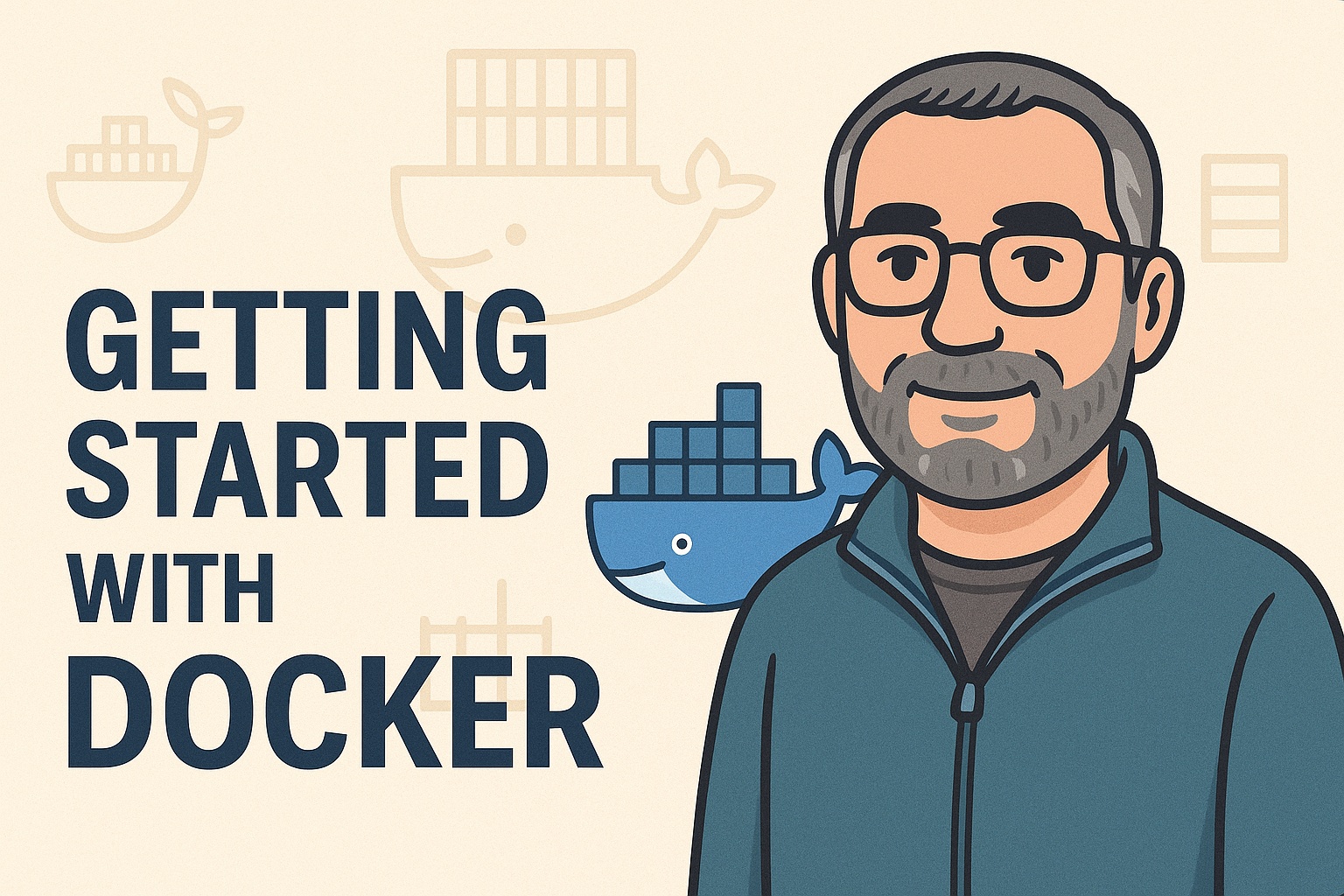If you’re new to containerization, this getting started with Docker guide will help you install Docker and run your first container on Windows, Linux, or Mac. Docker makes it easy to package, deploy, and run applications in a consistent environment—no matter where you run them. Let’s dive in.
What Is Docker?
Docker is an open-source platform that uses containers to package applications along with their dependencies. Containers are lightweight, fast to start, and consistent across different environments, making them ideal for developers and DevOps teams alike.
Install Docker on Your System
✅ Prerequisites
- Admin/root access to install software
- 64-bit OS with virtualization enabled
🪟 Getting Started with Docker on Windows
Step 1: Download Docker Desktop
Visit docker.com/products/docker-desktop and download Docker Desktop for Windows.
Step 2: Enable WSL 2 (Optional but Recommended)
If you’re using Windows 10 or 11, enable WSL 2 to run Linux containers more efficiently.
wsl --install
Ensure WSL 2 is your default version:
wsl --set-default-version 2
Step 3: Install and Start Docker
Run the installer and follow the prompts. Once installed, start Docker Desktop and verify with:
docker version
🐧 Getting Started with Docker on Linux
Step 1: Update Your Packages
sudo apt update && sudo apt upgrade
Step 2: Install Docker Engine
curl -fsSL https://get.docker.com -o get-docker.sh sudo sh get-docker.sh
Step 3: Add Your User to the Docker Group
sudo usermod -aG docker $USER newgrp docker
Step 4: Verify Installation
docker --version
Restart your terminal session to apply group permissions.
🍏 Getting Started with Docker on Mac
Step 1: Install Docker Desktop for Mac
Visit docker.com/products/docker-desktop and download Docker Desktop for macOS (Intel or Apple Silicon).
Step 2: Install and Start Docker
Drag the Docker icon to your Applications folder. Open Docker Desktop and allow permissions when prompted.
Step 3: Verify the Installation
docker version
🚀 Run Your First Docker Container
After installing Docker, test it by running a hello-world container:
docker run hello-world
You should see a message confirming Docker is working correctly.
🛠️ Common Docker Commands
Here are a few essential commands to get you started:
docker ps– List running containersdocker images– List local imagesdocker pull <image>– Download an imagedocker run -it ubuntu bash– Start an interactive containerdocker stop <container_id>– Stop a running container
🧼 Cleaning Up
Remove unused containers and images to free up space:
docker system prune -a
Frequently Asked Questions About Getting Started with Docker
Is Docker free to use?
Yes, Docker is free for personal use and small businesses. Docker Desktop is free with a Docker account for most developers.
Can I use Docker on Windows without WSL 2?
Yes, but WSL 2 is recommended for better performance when using Linux containers. Legacy Hyper-V support is still available for some versions.
Does Docker work on M1/M2 Mac?
Yes. Docker Desktop supports Apple Silicon (M1/M2) natively. Download the correct version from Docker’s website.
How do I uninstall Docker?
Use the package manager or Docker Desktop uninstaller for your operating system. On Linux, run sudo apt remove docker-ce docker-ce-cli.
Is Docker better than a virtual machine?
Docker is more lightweight and faster to start than traditional VMs. It uses containerization instead of full system virtualization.
Conclusion
Whether you’re using Windows, Linux, or Mac, getting started with Docker is straightforward and highly rewarding. Containers provide consistent environments for your applications, speeding up development and simplifying deployment. With Docker installed and running, you’re now ready to explore Dockerfiles, compose files, and custom containers. Happy shipping!

Leave a Reply